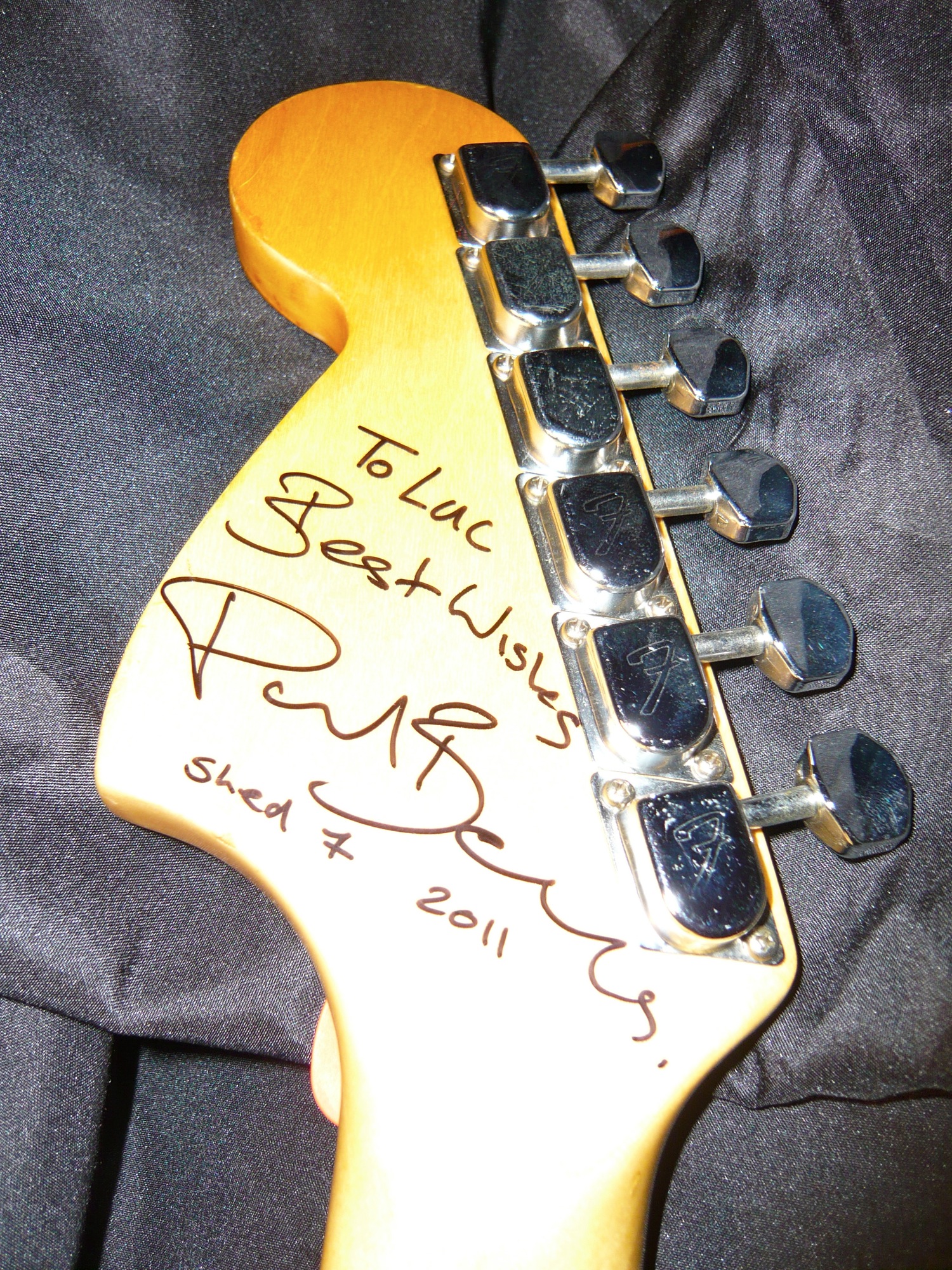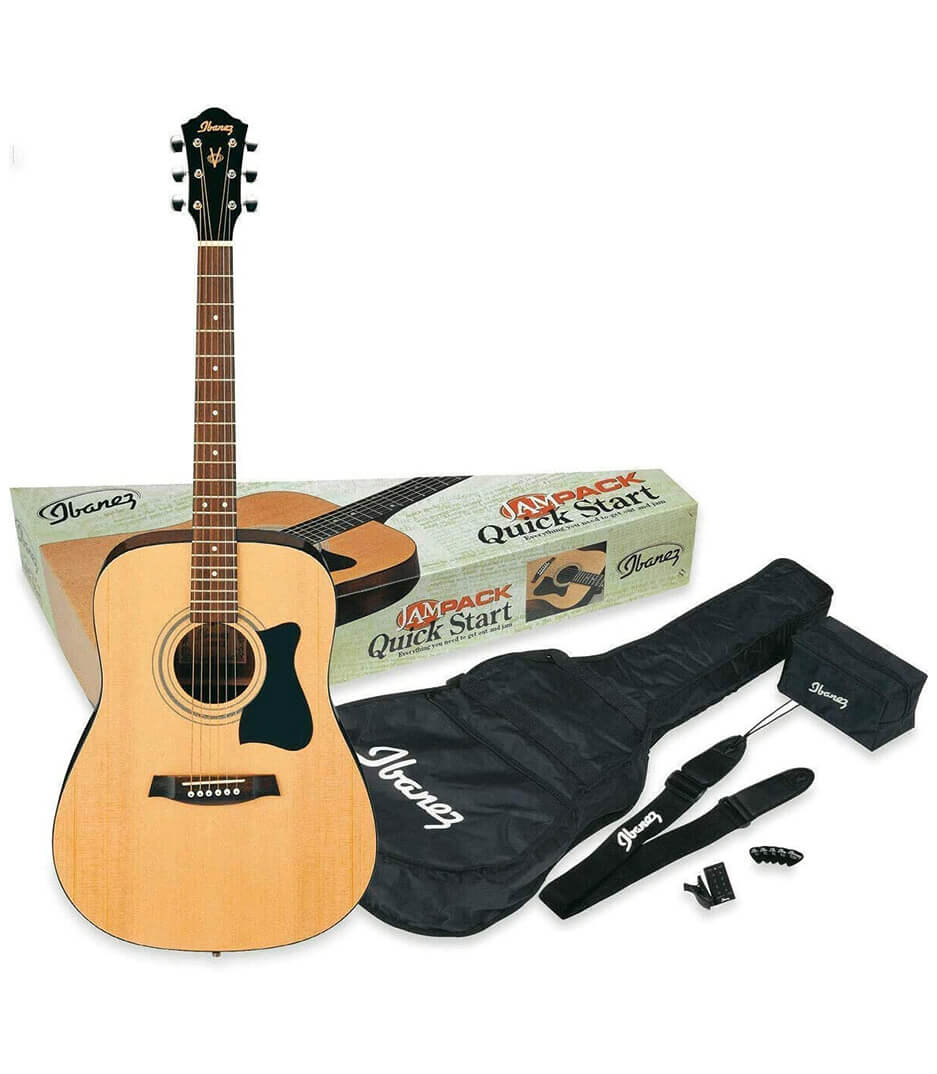
The ratio of the distance from the first fret to the bridge to the distance from the second fret to the bridge is the same, and so on up the fingerboard. Applied to the guitar, the frets are placed so that the ratio of the distance from the nut to the bridge (the scale length), to the distance from the first fret to the bridge, is 1.0594631:1. The number 1.0594631, the twelfth root of two, is the key to dividing a fingerboard into equal semitones.
TUNING GUITAR SHED HOW TO
The purpose of this article is to show how to get the best out of the equal tempered guitar. Those readers who are interested in the theory behind all this can check out my essay Tuning and Temperament, which goes into the history and development of tuning theory, from Pythagoras to the present. The only interval which is identical in the two scales is the octave. The equal-tempered major sixth is 16 cents sharp of just, and the equal tempered major seventh is 12 cents sharp of just. Thirds are especially troublesome, as the even-tempered minor third is 16 cents flat to the "pure" minor third and the even-tempered major third is 14 cents sharp of pure. In practise certain intervals and chords can still sound dissonant. Although every key is very slightly out of tune, every key is also useable. The idea is to make it possible to play all intervals and chords, in all keys, with the same relative accuracy. Depending on your viewpoint, equal temperament either a) makes every key equally in tune, or b) makes every key equally out of tune. Tonal purity is sacrificed for ease of modulation. Equal temperament is the ultimate compromise. The resulting equal divisions are a logarithmic function of the speaking length of the string, rather than pure fractions, and thus are not a true analog of the natural harmonic series. In chords, therefore, a C# might be sounded on one string, and a Db on another - this will be a very false octave unless the instrument is in equal temperament."Įqual temperament divides the octave into twelve exactly equal semitones. Back in 1581, Vincenzo Galilei (Galileo's father), explained the need for equal semitones logically and correctly - "since the frets are placed straight across the six strings, the order of diatonic and chromatic semitones is the same on all strings. There many alternative ways to do this on keyboard instruments, and it is only in the last 150 years that equal temperament has taken over as the accepted standard.Īs far as the guitar and other fretted instruments having 12 straight, unbroken frets to the octave are concerned, equal temperament is the only choice. A temperament is a specific way of dividing the Pythagorean comma among the intervals of the octave. To make a fixed-interval instrument with 12 notes in the octave useable in all the key signatures, the purity of the intervals has to be compromised. Finding a way around these problems has been the cause of much controversy and many bitter arguments among music theorists for two and a half millenia. There is another problem in that 7 pure octaves and 12 pure fifths do not add upp the same:ġ2 fifths = (3/2) ^12 = 129.74The discrepancy works out to 24 cents (almost exactly a quarter-tone), and is known as the "Pythagorean Comma". But Nature throws a spanner in the works by making the natural tone row irregular, so instruments tuned in this way cannot modulate to different key signatures without adding more intervals to the octave. The ancient Greeks and Chinese knew about the pure intervals, and constructed their musical scales around them.

Real-world strings produce harmonics which are pure fractions of the speaking length of the string. The problem with equal temperament, though, is that it is artificial, a mathematical construct, and it conflicts with the physical properties of real-world strings. It is designed to play the equal-tempered scale, and it is perfectly possible to adjust and intonate almost any well-made guitar so that it plays this scale pretty accurately. It is not designed to play perfect intervals (except for octaves and unisons) in any position, or any key. No matter how good the instrument, and how well tuned and adjusted, it never sounds perfectly in tune in all positions and keys. Every guitar player - and every guitar builder and repairer - is familiar with the problem.


Tuning has always been a bugbear for guitarists.


 0 kommentar(er)
0 kommentar(er)
